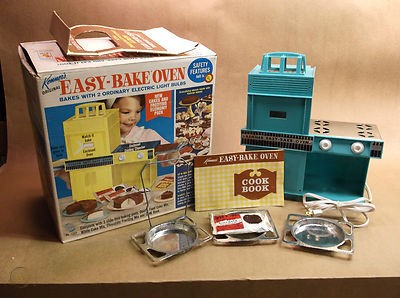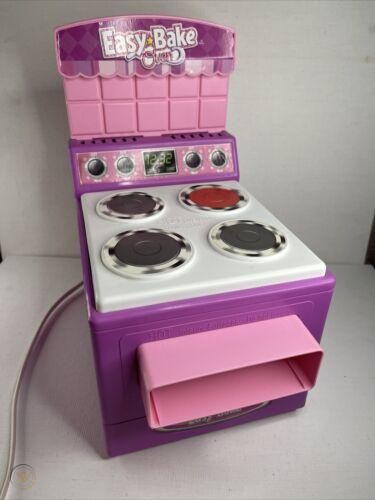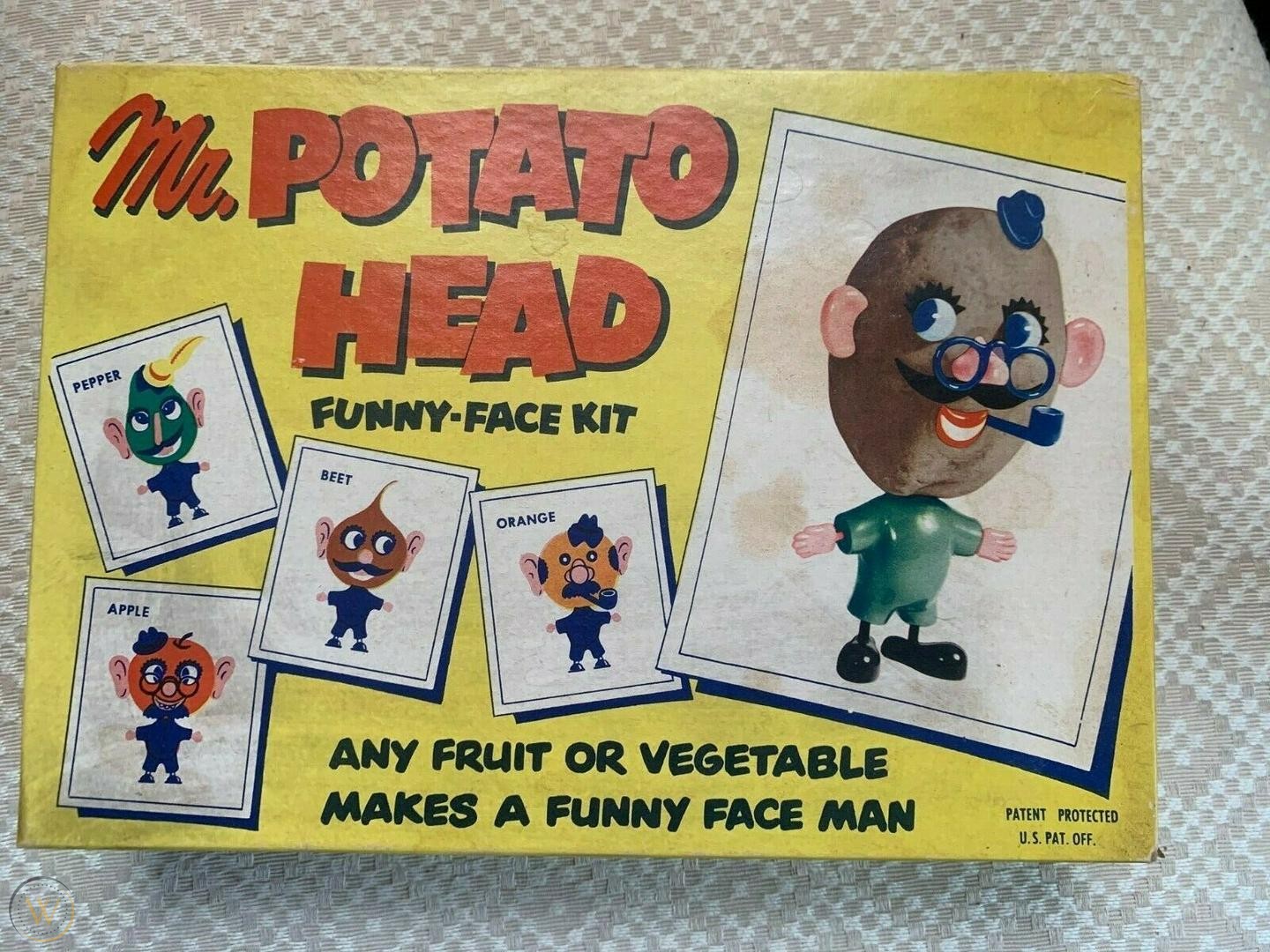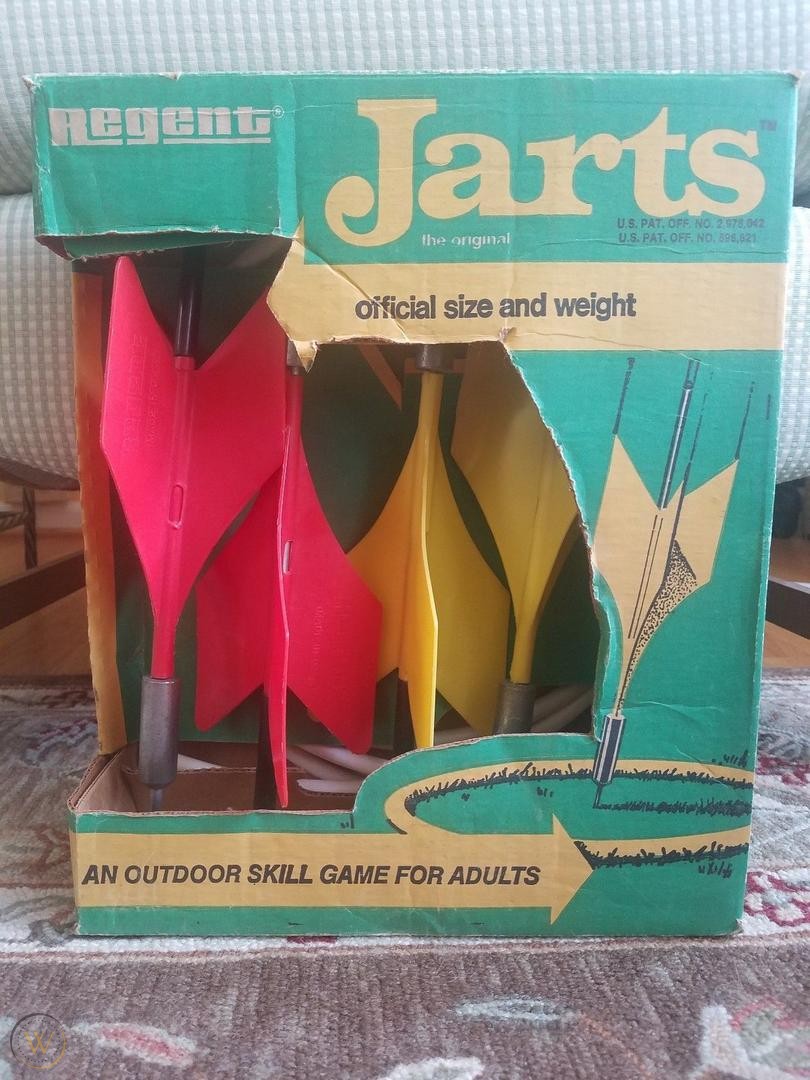It’s a tale as old as time: the belief that kids these days are soft, and the next generation will be even softer. When this gets brought up online or around the dinner table, folks often point to how safety-conscious today’s toys are as an example. Advancements in safety, especially in toys targeted to the preschool crowd, are generally good. Still, they come at a small cost. Youngsters these days will never know the joy of toys like the ones below. Let’s take a cautious walk down memory lane and check out some of the most collectible—but hazardous—toys you won’t see on shelves anymore.

EASY BAKE OVEN
Even if the mixes didn’t taste as good as homemade, plenty of people have warm memories of the Easy Bake Oven. Introduced in 1963 by Kenner Products of Ohio, the Easy Bake Oven promised to put kids in charge of their cookies, cakes, and breads from start to finish. The original oven was heated by two incandescent lightbulbs inside, which shone brightly through the window on the oven’s housing. Thanks to the bulbs themselves, the metal sides of the oven would get hot enough to burn an ungloved hand.
Despite these flaws, this initial design and many subsequent versions of the Easy Bake Oven never faced a safety recall. That came with one of Hasbro’s iterations of the oven in 2006. Ironically, the brand had attempted to make the toy safer by reducing the size of the oven door and replacing it with a sliding tray. This adjustment resulted in several reports of kids getting their hands either stuck or burned in this smaller opening. This version of the Easy Bake Oven was quickly recalled and redesigned.

Modern Easy Bake Ovens feature several safety features that arguably hinder their performance as toy ovens. Their outer housing is entirely plastic to keep them cool to the touch. Most still feature a limited oven door or lock to keep kids from putting their hands fully inside while the oven is running. While some have a shielded heating element akin to a real home oven, others still operate on a lightbulb much less hot than the original model. Parents and collectors looking to relive their childhood baking memories often flock online for the model they grew up with to eliminate these variables.
MR. POTATO HEAD
While Mr. Potato Head is an iconic toy and is still sold to this day, his origins are a little grittier than some would expect. Invented in 1949 and first sold by Hasbro in 1952, Mr. Potato Head was the first toy to be advertised on television. He and his DIY vegetable family quickly became a hit. The original toy consisted of an assortment of facial features and accessories on sharp plastic spikes. The lucky kid was to supply a potato or another suitably head-shaped vegetable from the kitchen to dress up.
As far as hazardous toys go, the idea of plastic pushpins is pretty tame. A prick on the finger rarely causes one any lasting harm. It was more the nature of children to forget their potato friend somewhere for some time. No parent wanted the nasty surprise of finding a rotting rutabaga covered in tacks under the sofa while vacuuming. New toy safety regulations in 1964 were the final nail in the potato. All future versions of the toy came with a plastic body with sockets to put blunt pegs into instead.

The toy has enjoyed quite a few moments in the spotlight since its humble beginnings. Mr. Potato Head (and his wife) featured prominently in Disney Pixar’s Toy Story series. Still sold today, Hasbro announced a shift to branding the toys as just “Potato Head” in 2021 while keeping all members of the classic Potato Head family in the lineup. Kids these days can enjoy the toy with no actual vegetables in sight.
LAWN DARTS
Oh, to be a fly on the wall when the idea was pitched for lawn darts: everyone loves darts, so why not make them bigger and throw them at your friends’ feet? Even on paper, the concept of this once beloved toy raises a few eyebrows. Lawn darts were handheld metal spikes that were hurled at grass, hence their name. They needed to be at least partially metal to be heavy and sharp enough to pierce the ground and land properly. As a result, today’s plastic iterations just don’t come close.
While the game itself dates back to Ancient Rome and is aimed at adults, the version played on lawns across America in the mid-20th century (occasionally known as “Jarts,” by a brand name of the toys) put these projectiles in the hands of eager children, which was a recipe for disaster. After numerous reports of injuries, lawn darts were banned in the US in 1970, 1988, and 1997, with mixed results. People just loved that darn game.

With the 1997 ban, the United States Consumer Product Safety Commission strongly encouraged people to throw out or even destroy their Jarts, even if they didn’t play anymore. This was in the hope of keeping the game from turning up like a bad penny at yard sales and hurting ignorant buyers in the future. Still, many vintage metal-tipped lawn dart sets are found on the secondhand market today. “Buyer beware,” indeed.
PLAYTIME’S OVER
I have many fond memories of my Easy Bake Oven and not-so-fond memories. Although mine was a late-80s model, that lightbulb somehow got hotter than the sun but not nearly hot enough to cook a small pan of brownies. It was the worst of both worlds, but I still liked it.
That said, I won’t lose sleep over kids these days being deprived of that particular experience of simultaneously smelling burned hair and gooey chocolate. As the saying goes, “it’s all fun and games until someone loses an eye.” I appreciate structuring said fun and games safely to avoid eye loss entirely.
However, I still get the nostalgia that some feel for these questionably safe toys. As collector’s items on a shelf, nothing evokes the warm fuzzies quite like them, which certainly explains why you still see them fetch a great price on the secondhand market. If you’re not down to destroy your banned and bygone toys, they can always find a new home in someone’s collection. It’s certainly more comforting to think of a set of Jarts in someone’s curio cabinet than out in the wild!
Rory Tessmer is an eBayer and freelancer from southeastern Wisconsin with over a decade of specialty retail and resale experience under their belt. Rory has had the pleasure of seeing (and sometimes even playing with) hundreds of unusual collectibles over the years, from tesla coils to military mule-branding kits. In their spare time, they enjoy cooking, gaming, and noodling around with their synthesizer.
WorthPoint—Discover. Value. Preserve.
The post Danger Days: The Joys of Hazardous Toys appeared first on WorthPoint.

